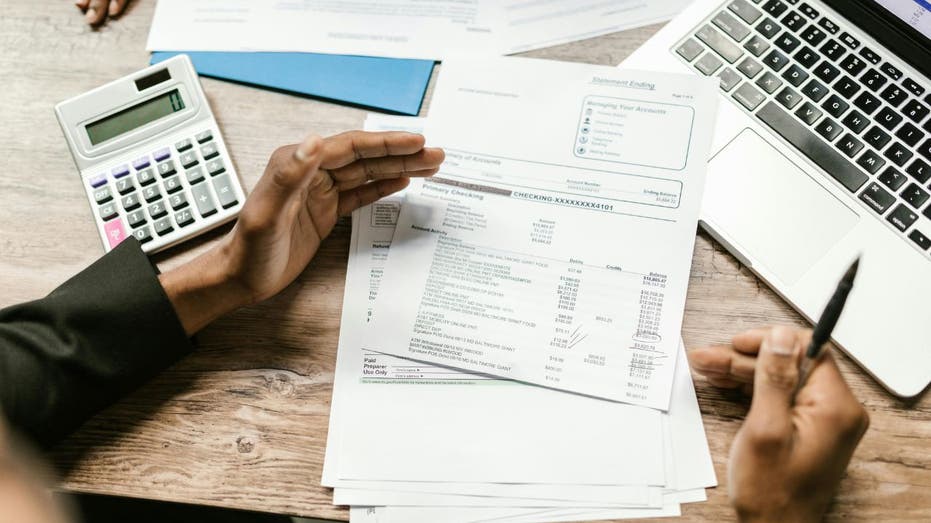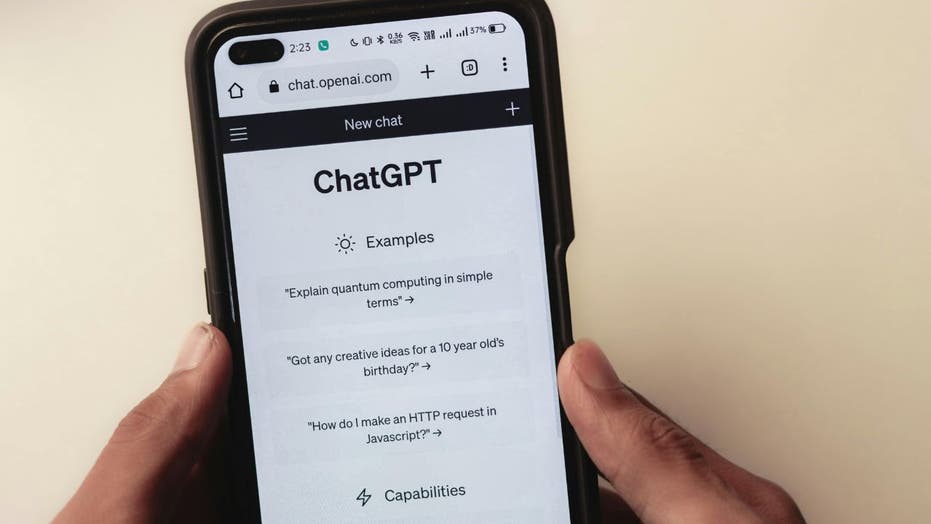- by foxnews
- 01 Jun 2025
Check washing crisis fueled by AI and mail theft
Discover how check washing fraud has evolved with new digital tools, leading to a surge in incidents. Find out how to safeguard your finances effectively.
- by foxnews
- 19 May 2025
- in technology

Criminals are not just targeting personal checks anymore. They are exploiting every vulnerability in the mailing and banking system to cash in on stolen funds.
As check fraud incidents continue to rise sharply across the country, it is more important than ever to understand how check washing works and what you can do to protect yourself. Here is what you need to know to stay ahead of the scammers.
Check washing fraud happens when a scammer steals a check you have written, erases the ink using chemicals like acetone or nail polish remover, and rewrites it to a new recipient. Often, they will change the amount to something much higher. The altered check is then deposited or cashed, and the funds are drained from your account before you even realize something is wrong.
Why it's dangerous:
Unlike digital fraud, check washing often goes unnoticed until long after the damage is done. Because checks can take days or even weeks to clear through the banking system, criminals have plenty of time to deposit altered checks and move funds before victims realize anything is wrong.
By the time the missing money is discovered, tracing it back to the scammer can be extremely difficult. This delay makes it critical to monitor your accounts closely and act quickly if you spot any suspicious activity.
The surge in fraud reports reflects more than just isolated criminal acts. Organized crime rings are increasingly turning to check washing as a hybrid crime, blending old-school mail theft with new digital tools like AI. Fraudsters now use advanced technologies to forge identities, alter check images and exploit gaps in banking security, making check washing more sophisticated than ever. As financial institutions strengthen cybersecurity defenses, scammers are targeting physical mail systems as a weaker link to bypass digital barriers.
Real examples:
s
Fraudsters have adapted their methods to stay ahead of law enforcement and banks.
Criminals are combining old techniques like mail theft with new digital strategies, making check washing harder to recognize and prevent without proactive security measures. Recent advancements in AI technology have made it easier for scammers to forge realistic-looking documents, generate convincing fake identities and create sophisticated phishing emails.
AI-generated fake IDs and altered check images can pass basic verification checks that would have caught manual forgeries in the past. This shift means check fraud is no longer just a matter of stealing a physical check, but exploiting digital vulnerabilities at every stage of the banking process.
Here are 14 essential protective measures to shield yourself from check washing scams.
2. Bring checks directly to the post office when mailing them: If using a mailbox, make sure to drop off your mail before the final scheduled pickup so it is not left sitting overnight.
4. Monitor your bank accounts: Set up real-time alerts for check clearing and review your statements weekly to catch any suspicious activity. Also, ask your bank about any other fraud-prevention tools they offer to protect your accounts.
5. Switch to digital payments when possible: Use your bank's mobile app to deposit checks without mailing or physically delivering them, reducing the risk of theft or tampering.
6. Use checks with built-in security features: Choose checks printed on paper with watermarks, chemical-sensitive coatings or other security features that make check washing much harder.
7. Limit the information on checks: Avoid unnecessary personal details. Do not print your Social Security number, driver's license number or phone number on your checks. The less information available, the less a fraudster can use.
8. Store checks securely: Keep blank checks in a safe place. Store your checkbook in a locked drawer or safe, not in your purse, car or an easily accessible location at home.
10. Be cautious with endorsements: When endorsing checks, write "For Deposit Only" along with your account number to prevent others from cashing the check.
12. Invest in personal data removal services: Minimize exposure of sensitive details (like addresses or banking affiliations) that fraudsters could exploit for check-washing scams. Removing your personal information from these sites can help reduce your risk of becoming a victim. While no service can guarantee the complete removal of your data from the internet, a data removal service is really a smart choice. They aren't cheap and neither is your privacy.
13. Shred sensitive documents: Shred old checks and bank statements. Don't just throw them away. Shred any documents with sensitive banking information.
What to do if you are a victim
If you think you have been targeted by check fraud:
Time matters. The faster you act, the better your chances of recovering lost funds.
Follow Kurt on his social channels
Answers to the most asked CyberGuy questions:
New from Kurt:
Copyright 2025 CyberGuy.com. All rights reserved.
- by foxnews
- descember 09, 2016
Beach days benefit mental health and well-being as visits provide 'sea therapy'
Discover the benefits of sea therapy as experts highlight how beach visits can boost mental well-being, reduce stress and improve sleep through mindfulness and relaxation.
read more





